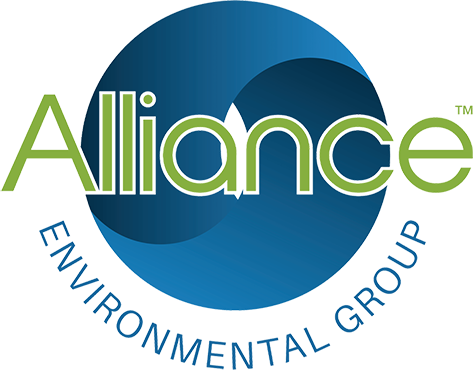As my 5th grader has learned this year, we have a lot of different climates in California.
Northern California and the coast are damp and often foggy.
Southern California, at least away from the coast, is mostly dry but “when it rains, it pours” isn’t just an old saying!
Anywhere you live on the West Coast, you are at risk for developing mold at one time or another and since we have hit the rainy season where I live, I wanted to find out how to avoid mold growth, and its accompanying spores, since I have an allergic reaction to them.
Where do you find mold?
Mold is everywhere. In the air. In household dust. In workplace dust. On any nonliving organic matter. They are not microbes, but tiny, single-celled fungi which grow in a network, or colony, that is thought of as a single organism.
Mold spores can remain airborne indefinitely and stay alive but dormant in a large range of temperatures. Mold will generally not grow at temperatures below 39°.
If humidity and temperature are high enough, mold will grow pretty much anywhere.
Is all mold bad?
Not at all! In fact, some forms of mold are incredibly important!
Drugs derived from mold:
* Penicillin
* Lovastatin and other cholesterol-lowering medications
* Cyclosporine, a drug for organ transplant patientsMold is also used in food production:
* Sourdough bread
* Soybean paste and Soy Sauce
* Salami
* SakeMolds play an important role in our ecosystem, enabling the decomposition and recycling of nutrients from organic material.
What is Toxic Mold?
Generally referred to as Toxic Mold or Black Mold, the scientific name is Stachybotrys chartarum. This type of mold typically grows on paper, fiberboard, gypsum board, and drywall that has constant moisture. This can be from humidity, leaks, water damage, flooding or condensation. It’s not the mold itself that is “toxic,” it’s the mycotoxins they secrete to stop other organisms from growing.
How Can I Prevent Mold?
Remember, mold is everywhere. The best we can do is inhibit its growth into large networks and get rid of it when we see it!
The Centers for Disease Control recommends these steps to prevent the growth of mold in your home:
* Use a dehumidifier to keep the humidity level between 40% and 60%
* Make sure you are providing proper ventilation, especially in the kitchen and bathroom
* Add mold inhibitors to paint in rooms that will become damp
* Clean your bathroom with mold-killing products—but not bleach or ammonia! Bleach will only hide the mold and, combined with ammonia, creates a toxic gas that can kill!
* Never carpet a bathroom
* If you have had a flood, replace your carpets
If you have a problem with mold in your home in California, give Alliance Environmental Group a call or contact us on our website. Mold can be a serious health hazard when left untreated.
In an emergency situation, after a severe flood or similar circumstances, Alliance can come right away to remove the wet material and provide the ventilation needed to dry out the area. If your building needs serious mold removal, we use ThermaPureHeat to kill it all in one treatment of high heat which eliminates all mold and spores in the structure, leaving it ready for restoration.
Mold is everywhere and you can’t avoid it altogether. Keep your home dry and clean, treat any mold you see right away and, if you have a mold problem, call in a professional!
Wendy Stackhouse is the Online Community Manager for Alliance Environmental Group and AirTek Indoor Air Solutions. She welcomes your comments! For more news and tips or to ask questions of our experts, Like us on Facebook and follow us on Twitter! For updates on indoor air challenges, Like us at AirTek on Facebook!



